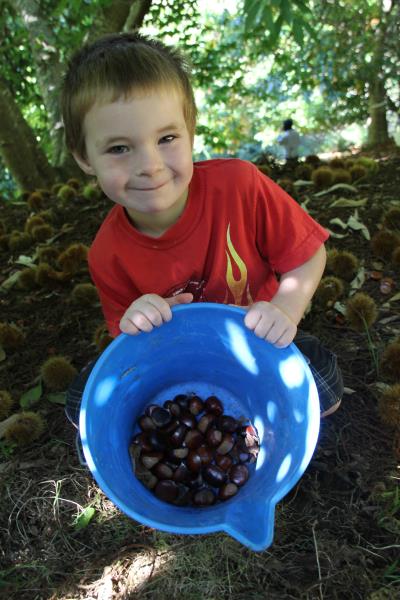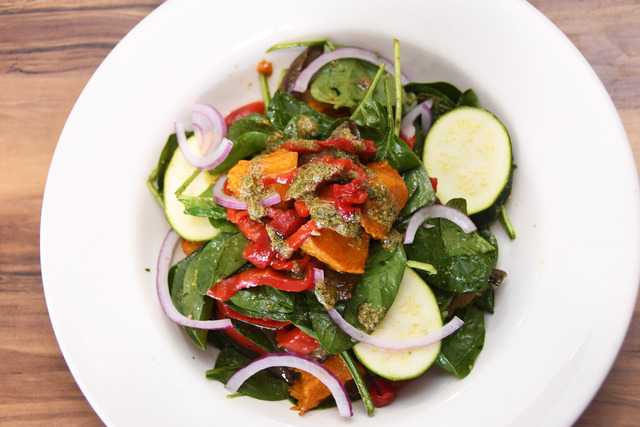By REBECCA BILLS
GROWN in Australia for more than 100 years, they are that extra special treat roasted on an open fire as a satisfying winter treat.
With signs along the tourist roads leading the way to suppliers and the familiar smell of roadside chestnuts, roasting stalls are synonymous with the cooler months throughout the hills community.
According to Chestnuts Australia, it is widely believed that the first chestnuts trees were brought to Australia by the Chinese with the first recorded plantings of the tree dating back to the 1850s and ’60s during the gold rush era.
But what makes up the delicious treat?
Chestnuts Australia said the nuts have two skins – one is the hard outer shiny brown shell and the other is the inner thin skin known as the pellicle.
President Adam Gatford said chestnuts are unique in the way they are gluten free, contain no fat, have low GI and no cholesterol.
“Chestnuts are very versatile – they can be used in savoury and sweet recipes or eaten as a delicious snack on their own.”
When selecting, Mr Gatford said that the firmer chestnuts feel, the fresher they will be.
“Look for even sized nuts which feel heavy for their size, with undamaged, firm shells,” he said.
“To avoid chestnuts drying out, store in an airtight container, paper bag, perforated plastic bag or a specially marked ‘chestnut storage bag’ in the crisper compartment of the refrigerator.”
Chestnuts are best consumed within three weeks of purchase.








